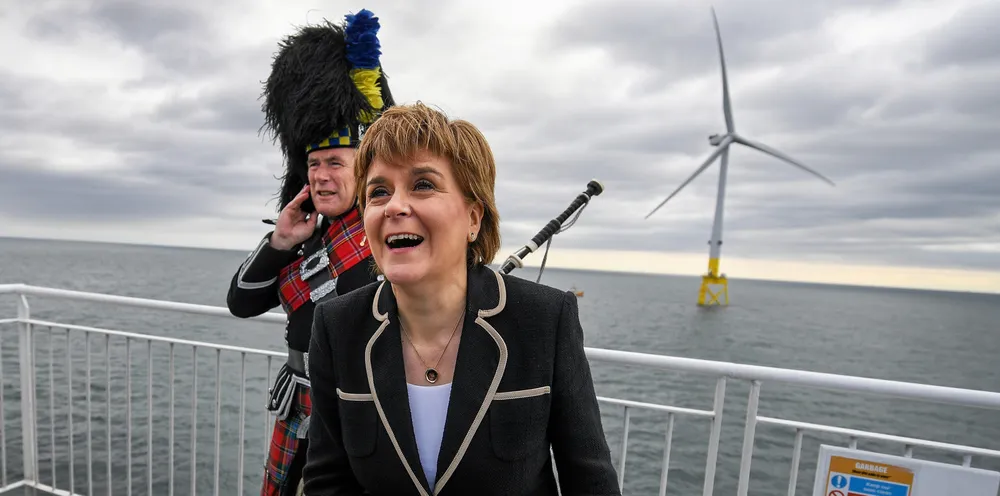Spotlight on green policymakers, America's offshore dream takes shape, and staking a claim in H2's future
Our curation of the must-read news and analysis from the-week-that-was in the global renewables industry

Our curation of the must-read news and analysis from the-week-that-was in the global renewables industry
